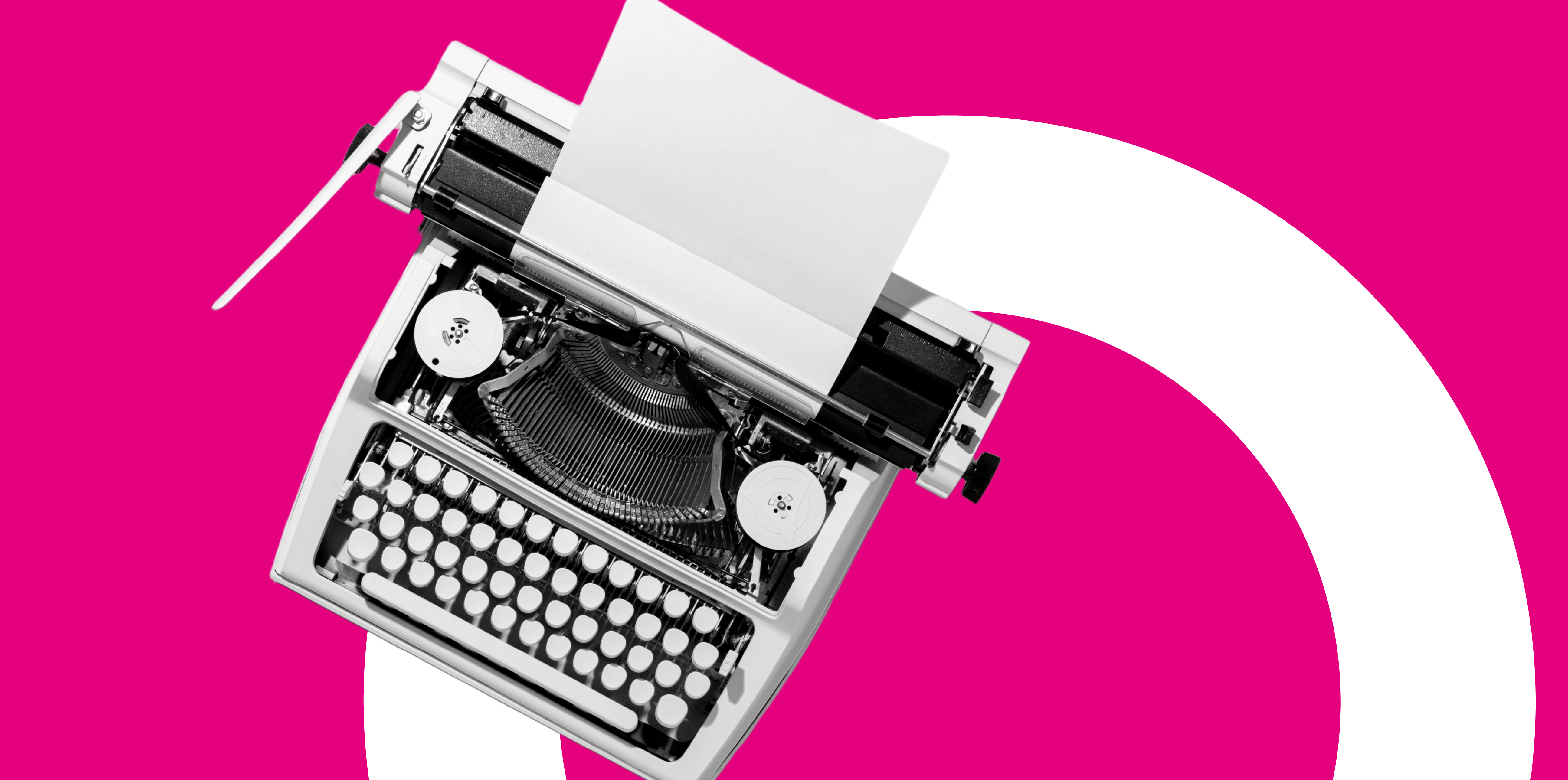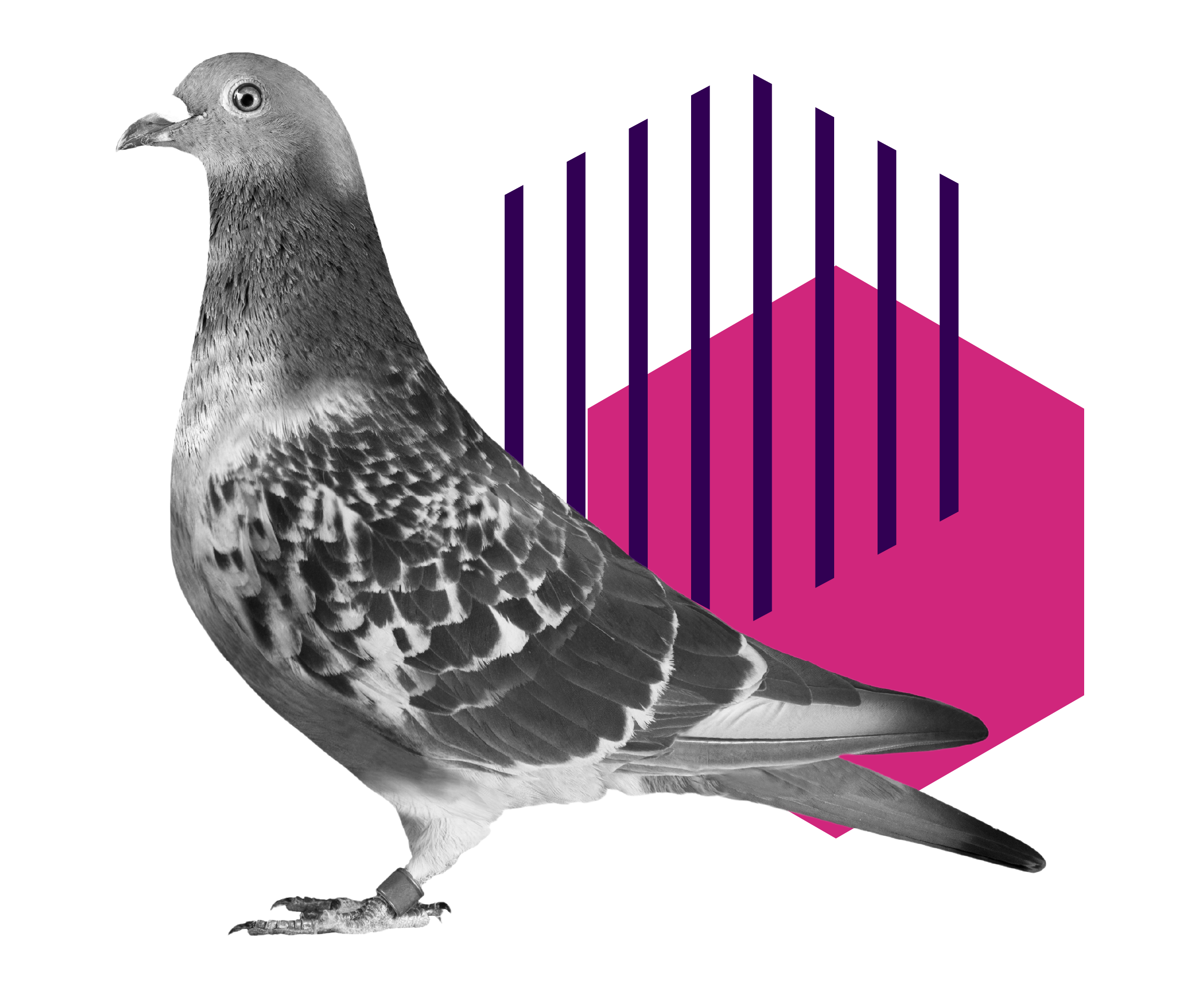Introduction Typography is an evolving art form that continuously adapts to new technologies and media. Recent innovations in typography are not just enhancing aesthetic appeal but are also improving readability, engagement, and user experience across digital and print platforms. This blog delves into the latest trends and techniques that are defining the future of typography.
1. Variable fonts
Flexibility and efficiency: Variable fonts allow designers to adjust style, weight, and width through a single font file, offering unprecedented flexibility and reducing page load times.
Image suggestion: A slider graphic showing a variable font’s range of expression from thin to bold.
2. Color fonts
Beyond black and white: Modern technology supports fonts in vibrant colours, opening new avenues for creativity in web and print design.
Image suggestion: Examples of colour fonts used in web design and promotional materials.
3. Responsive typography
Adapting to screens: Typography must be fluid and adaptable across different devices. Responsive typography enhances readability and user experience by adjusting size, spacing, and layout based on the device.
Image suggestion: Screenshots showing typography adaptation from desktop to mobile.
4. Layered typefaces
Depth and complexity: New design software has simplified the process of creating layered type effects, which add depth and texture to prints and digital displays.
Image suggestion: An infographic displaying different layers of a typeface.
5. Kinetic typography
Motion and emotion: Moving text isn’t just for videos; it’s also integrating into web interfaces to catch user attention and convey emotion.
Image suggestion: A GIF showcasing dynamic kinetic typography on a landing page.
6. Augmented reality typography
Immersive experiences: AR is offering new ways to engage users with type that interacts with the real world in real-time.
Image suggestion: A visual of AR typography used in an interactive ad.
7. Sustainable typography
Eco-friendly practices: Designers are becoming more conscious of the environmental impact of their work, leading to innovations such as eco-friendly inks and papers for print, and energy-efficient fonts for digital media.
Image suggestion: A comparison of traditional vs. sustainable typography practices.
8. Anti-design and experimental type
Breaking Rules: The anti-design movement is challenging traditional notions of what typography should be, with designers experimenting with unconventional layouts and type forms.
Image suggestion: Samples of anti-design typography in magazine layouts and digital campaigns.
Conclusion Typography is at the heart of design, and its continuous innovation is essential for keeping both digital and print media fresh, engaging, and effective. By embracing these new styles and techniques, designers can stay ahead of the curve and deliver compelling, contemporary content.


